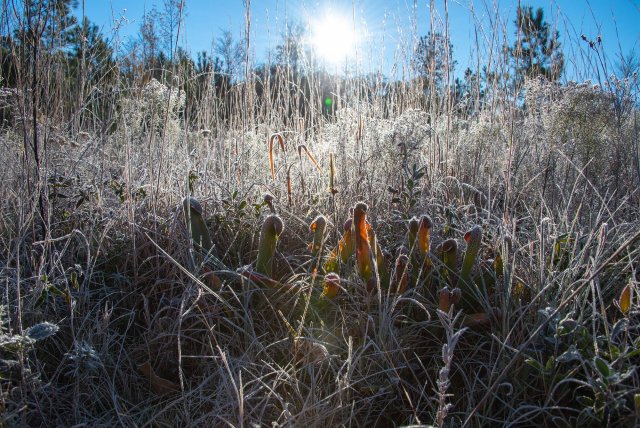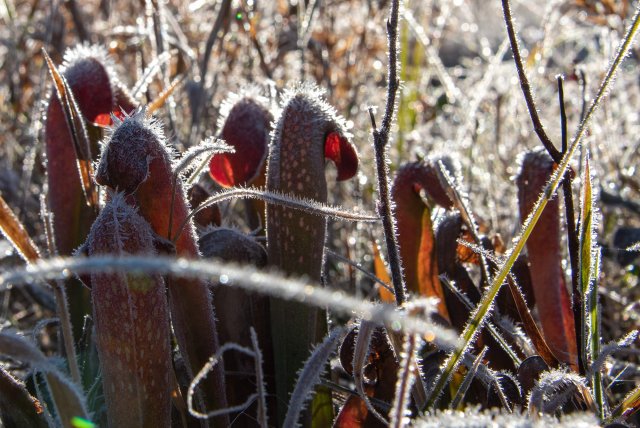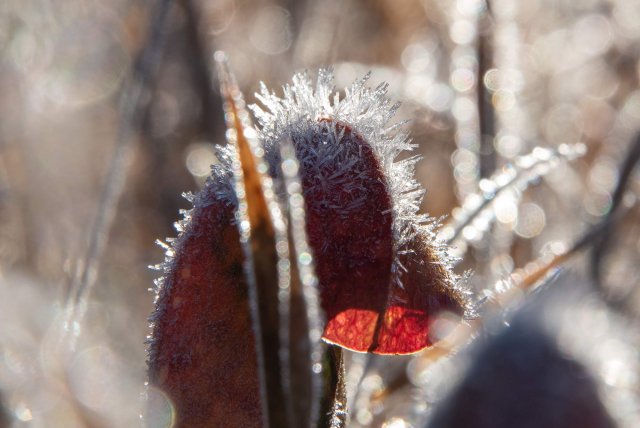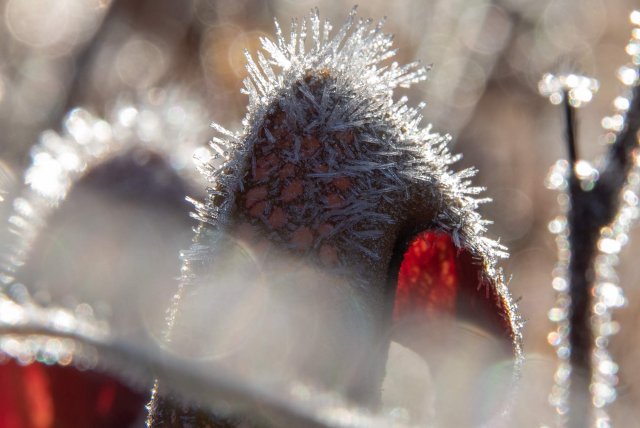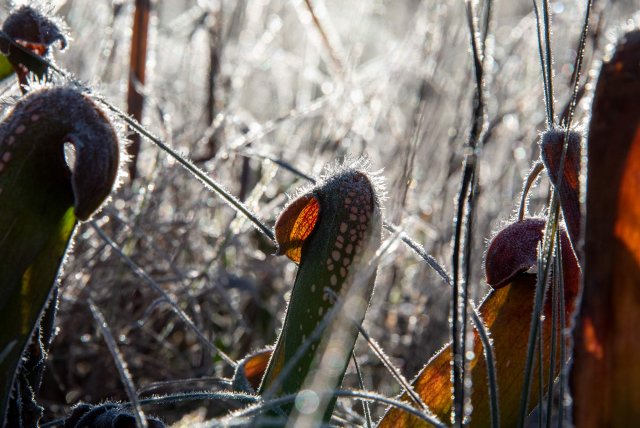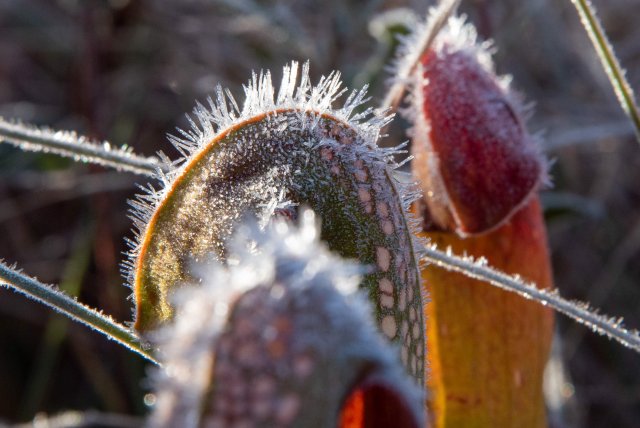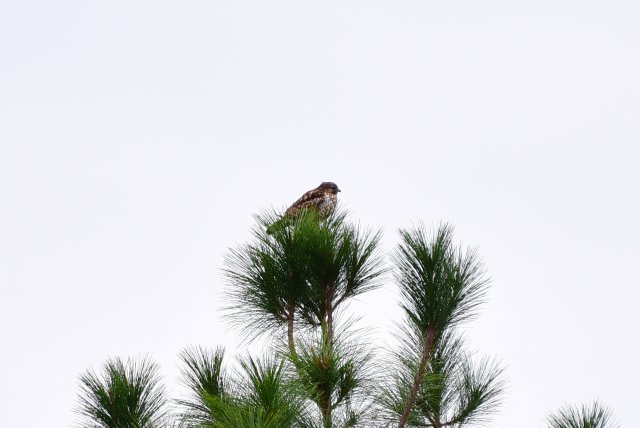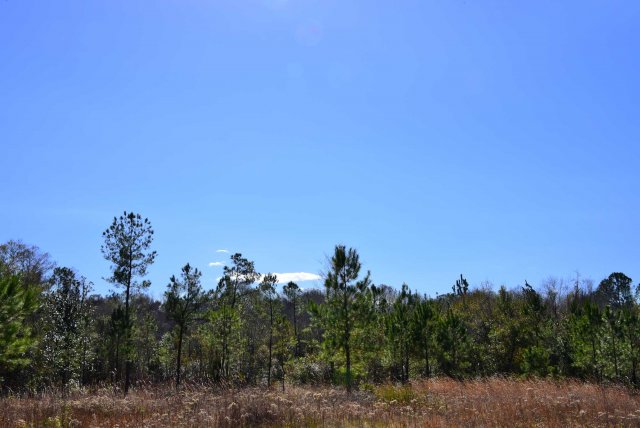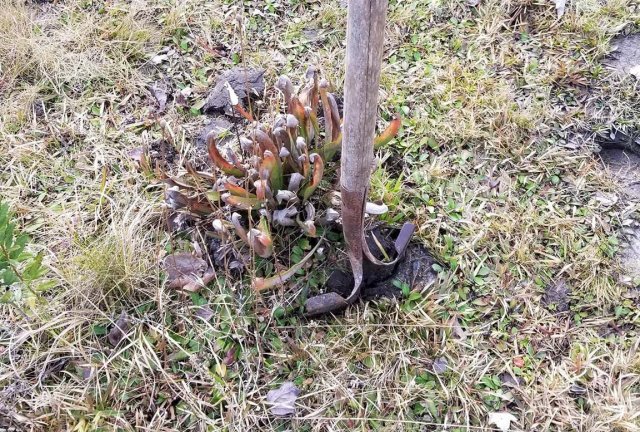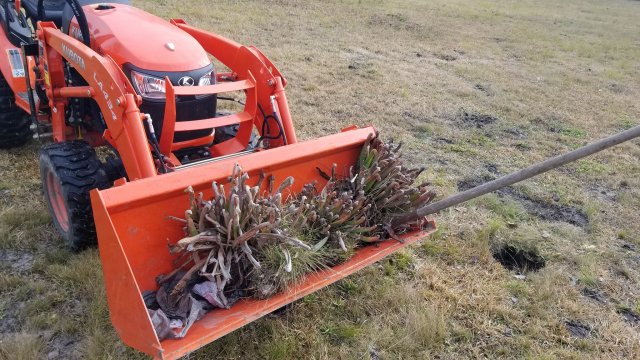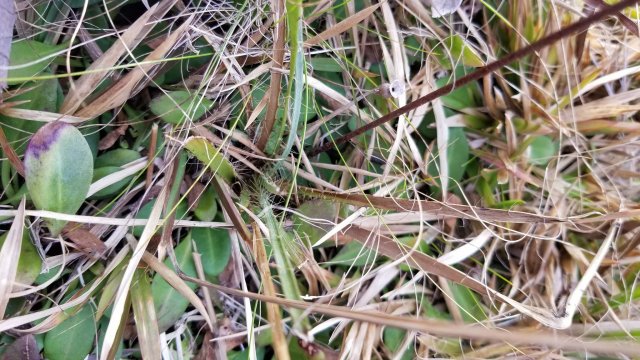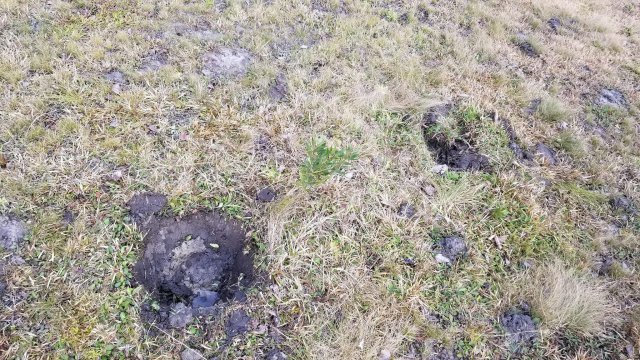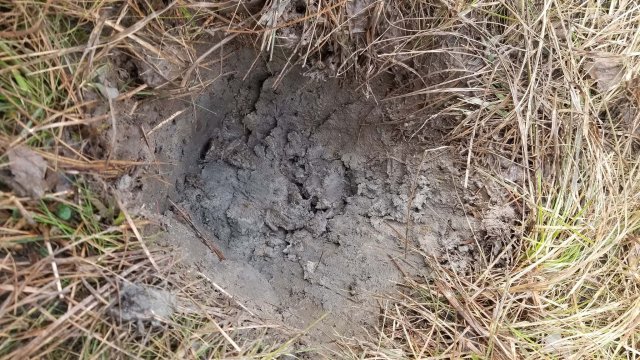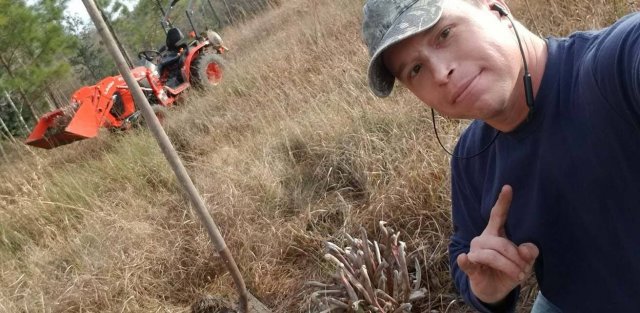Really great pics!
I have to admit whenever I hear carnivores plant, I cant help to picture
View attachment 1414492
Lol!
Some of my plants get pretty big, but not THAT big! My largest carnivore is the yellow pitcher plant (Sarracenia flava), which can reach about 3 feet tall and 4 inches wide.
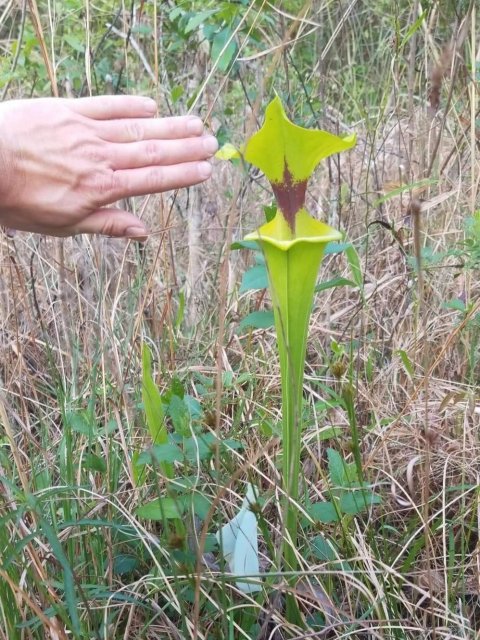
This one is a prime example. It's standing about a foot above the surrounding grasses, which are themselves about two feet tall.
Stunning! I haven’t seen a pIleated woodpecker since I was a kid! You got amazing shots!
Thank you so much! These elusive turds have given me hell for years lol
I have a question chicx.
You mention plants that are fire tolerant, that do best after a fire, yet that brings up a few questions for me that I hope you can answer.
How can the plants rely on fire since it is not a commonly occurring event such as rainfall?
Wouldn't the seeds be burned up? Follow up question, do the seeds have a protective layer that the fire can't burn through?
Fire adapted ecosystems consist of plants that burn very well. These plants tend to have stems that are either underground or which have very tall stems with some sort of thick, fireproof covering.
Species such as pitcher plants, orchids, many grasses and the like are examples of the type of plant with an underground stem. These species aggressively produce leaves in spring and summer, then starting in fall those leaves will begin to die off and dry out. By late winter and early spring, they're fully dried out and can form a layer of a dry, highly flammable layer of plant material.
The plants with the tall fireproof stem approach include things such as pine trees and cypress trees, as well as many palms and palmettos. These plants try to raise their growth point above the hottest part of the fire. When they drop their leaves, the leaves that they drop tend to dry out easily, not hold water and burn extremely easily; such as with pine or cypress needles. These fallen needles contribute fuel to the highly flammable duff layer being produced by the subsurface plants mentioned above.
Now, with all this fuel building up, fire becomes an unavoidable inevitability because nothing makes the fuel go away. This is why wildfire suppression programs such as that which is used in the American west ALWAYS fail and ALWAYS result in devastating conflagrations. Controlled burns are the answer, not ignoring the problem.
But I digress.
When the fire does start, which happens on a one to five year cycle when nature is left to do it's thing. Large portions of the US are supposed to be on this burn cycle.
Now, the means by which this positively affects the plants in this ecosystem is quite simple. These plants work together to produce this fuel, then when a fire rips through and removes all the fuel and kills off all species not adapted to the fire, there will be a lot of bare open soil and and very little competition. The fire adapted species respond to the fire clearing everything away by violently flowering and producing seed in an attempt to gobble up as much of that cleared space as possible.
This process is called serotiny, and the ecosystems in which it takes place are called serotinous ecosystems.
Fires usually occur every few years in certain ecosystems, we have giant fynbos fires every few years this time. In terms of the fynbos many species have germination triggered by heat or smoke and have a fairly dense pod to protect the contents

Exactly!
 Chicxulub
Chicxulub
, great pics of the Pileated woodpeckers and I agree it's very difficult to get pics of these species.
I've been seeing 2 in my backyard the last week though never at the same time. The one I know is male and his plumage is absolutely perfect, not a feather out of place and his colors really pop! He always seems to know when I'm looking out the window and hides on the back side of the tree. ?
Thank you! It is creepy how well these things seem to know when you're watching. These really are some amazing animals, and I'm thankful that I have some living in my land










